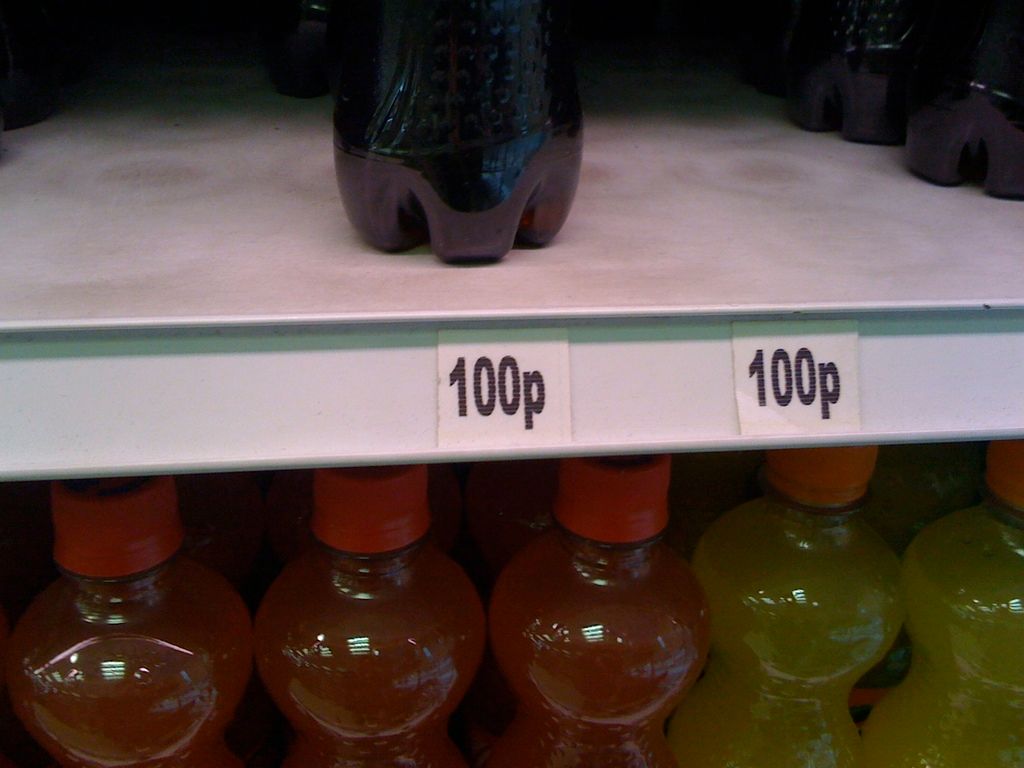Consumer Loans Getting Scarcer for Borrowers
In the Komi Republic, the issuance of consumer credit has hit a rough patch, plummeting to its lowest point in a year and a half.
May witnessed a total of 889 consumer loans being approved, worth 53.7 million rubles, with the average loan size standing at 40,400 rubles and a repayment period of 15 months. Fast-forward to January 2024, and residents of the republic had snagged a whopping 2,856 consumer credits. But things took a sharp nosedive in November 2024, with a decline of almost a thousand credits, leaving just 1,465 credits. This downward trend in consumer credit issuance has been noticeable since the last autumn.
Now, let's unpack the potential reasons behind this slide. Economists and financial experts point to a variety of factors:
- Geopolitical Turmoil: The ongoing international squabbles involving Russia, including financial sanctions from foreign nations, can shackle credit availability and send jitters through lenders and consumers across Russian territories like Komi. Sanctions typically dwindle foreign investment and curb banking operations, necessitating stricter lending policies.
- Economic Downturn: As a commodity-rich region, the Komi Republic is vulnerable to the whims of global market prices and industrial output fluctuations. Sluggish economic activity can hamper household income and job security, thus reducing the appetite for consumer loans.
- Rising Interest Rates and Credit Costs: If Russian banks or local institutions jack up interest rates as a countermeasure to inflation or financial instability, potential borrowers may hesitate to pile on new debt.
- Tightened Lending Standards: Lenders might have toughened approval requirements for loans due to enhanced risk perceptions, which could result in fewer loans being issued.
- Shifting Consumer Priorities: Economic uncertainties and slimmer wallets could prompt consumers to prioritize saving over borrowing.
- The Bite of Inflation: Rapid inflation can eat away at real wages, making consumers more mindful about taking on fresh credit that could prove challenging to repay.
- Cautious Financial Environments: Indirect financial data from regional or related corporate reports hint at conservative financial climates, where some sectors are experiencing modest asset growth or heightened liabilities. This might signify a broader tightening trend in the region's credit market.
In brief, the considerable drop in consumer credit issuance in the Komi Republic since last year likely stems from a concoction of geopolitical hurdles, domestic economic challenges, increased risk scrutiny from lenders, and cautious consumer spending habits in an era marked by inflation and income strains. Without access to more granular data, these remain the most promising candidates for the root causes.
In the world of business and personal finance, the decline in consumer credit issuance in the Komi Republic could be attributed to a combination of factors. These include geopolitical instability affecting Russia, leading to stricter lending policies due to reduced foreign investment and increased financial sanctions. Additionally, an economic downturn in the region could reduce household income and job security, discouraging people from taking on new consumer loans. rising interest rates and credit costs, tightened lending standards, shifting consumer priorities towards saving, the impact of inflation on real wages, and cautious financial environments could also contribute to this trend.




